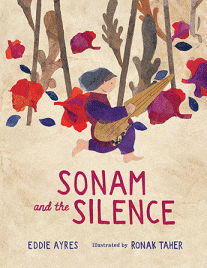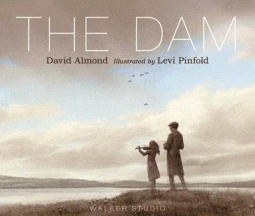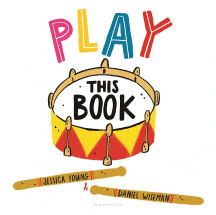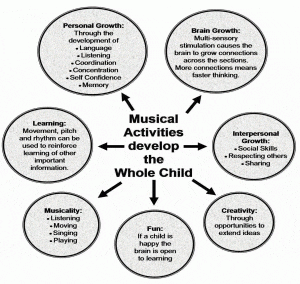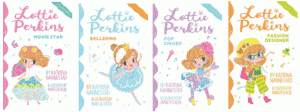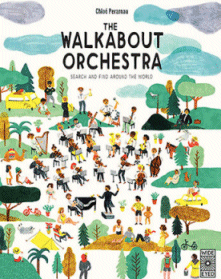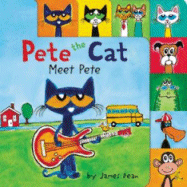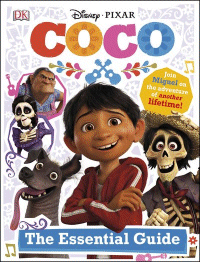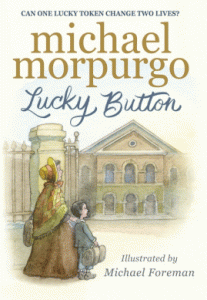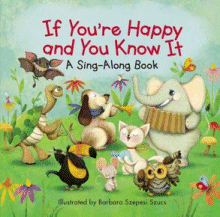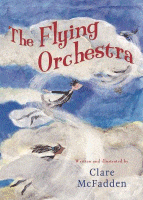
The Flying Orchestra
The Flying Orchestra
Clare McFadden
UQP, 2019
40pp., pbk., RRP $A16.95
9780702249297
No matter what is happening in our lives, the Flying Orchestra has a solo, a symphony or a sonata to accompany it Whether a happy, joyous occasion, or one that disappoints or even invokes sadness there is a piece of music to go with it and the orchestra is ready to play regardless of whether we are in the suburbs, at the airport, or out in the country.
This is the paperback release of of the hardback version which won the CBCA Crichton Award in 2011 and is perfect for introducing a new generation of young readers to the music around us. It includes a list of appropriate orchestral pieces that may be the child’s first introduction to this sort of music, provoking plenty of discussion about why a particular piece was chosen and introducing them to how music can both provoke and reflect a variety of emotions and moods. While the notion of an actual orchestra flying around might be a piece of fantasy, nevertheless the concept that music surrounds us and that somewhere, sometime, someone has composed just the right piece of music to match our actions, thoughts and feelings is one that many children will find fascinating and may make them even more sensitive to their world and what it offers. Just imagine the sounds that would accompany a day “so windy that even the angels lose their balance from the top of City Hall.”
Teachers’ notes for early childhood are available here while those for older readers are available here, while McFadden herself reads the story with a musical accompaniment on You Tube.
If you or your teaching colleagues are planning to introduce young students to the wide world of music this year and are looking for something beyond the traditional Prokofiev’s Peter and the Wolf or Britten’s The Young Person’s Guide to the Orchestra or Saint-Saens Carnival of the Animals, this could be it.
